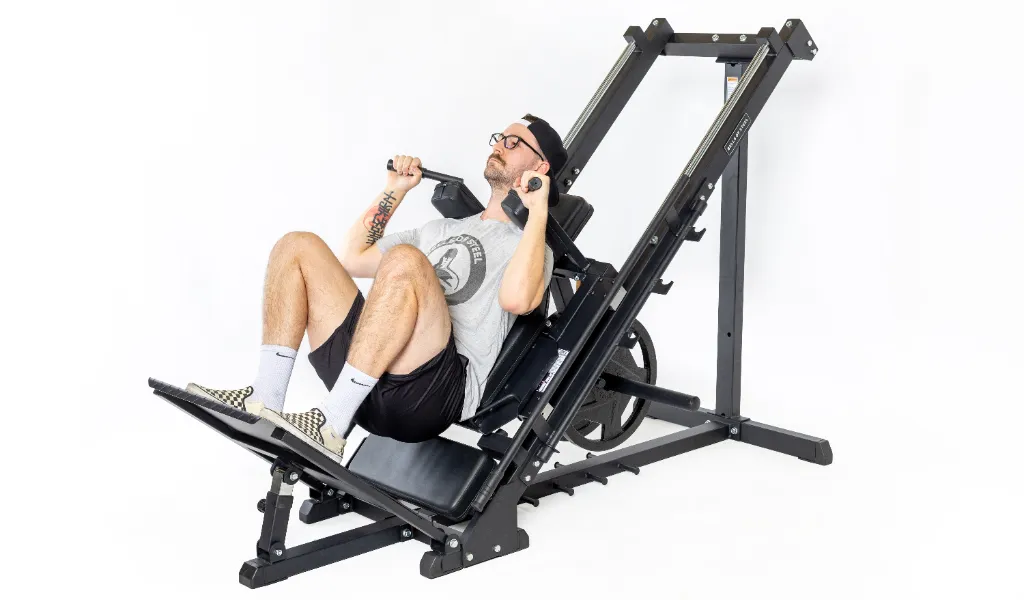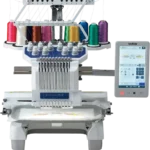Introduction to Squat Machine
If you’ve ever wandered into a gym, you might have seen that big, imposing piece of equipment known as the squat machine. Perhaps it looked intimidating or maybe just confusing. But fear not! These machines are designed to help you achieve an essential fitness goal: stronger legs and glutes. Whether you’re a seasoned athlete or just starting out on your fitness journey, understanding who uses squat machines can open up new avenues for your workout routine.
Squat machines offer unique advantages in targeting specific muscles while providing support and stability to enhance your form. They’re not just for hardcore lifters; they cater to various fitness levels and goals. Let’s dive deeper into the benefits they bring, explore different types available, and uncover who can truly reap their rewards!
The Benefits of Using a Squat Machine
Using a squat machine can elevate your workout routine in many ways. It provides stability, allowing you to focus on form without worrying about balance. This is especially beneficial for beginners or those recovering from injuries.
The design of these machines often targets specific muscle groups more effectively than traditional squats. You’ll engage not just the quadriceps but also the glutes and hamstrings, ensuring a comprehensive lower-body workout.
Moreover, squat machines reduce the risk of injury by controlling movement patterns. You’re less likely to strain your back compared to free-weight squats.
The adjustable weights allow users of all fitness levels to progress at their own pace. Whether you’re looking for endurance or strength training, a squat machine adapts to your goals seamlessly.
With consistent use, you may notice improved leg power and better overall athletic performance. The benefits extend beyond aesthetics; they contribute significantly to functional mobility as well.
Different Types of Squat Machines
Squat machines come in various forms, each designed to target specific muscle groups and enhance your workout experience. One popular option is the Smith machine. This apparatus features a barbell fixed within steel rails, providing stability for users during squats.
Another common type is the hack squat machine. It allows you to perform squats with your back supported, focusing primarily on the quadriceps while reducing strain on your lower back.
The leg press machine also deserves mention. While not a traditional squat machine, it mimics the squat movement by pushing weight away from your body with your legs.
There’s the functional trainer that often includes attachments for performing squats using cables and pulleys. Each of these machines offers unique benefits tailored to different fitness levels and goals, making them valuable additions to any gym environment.
Who Can Benefit from Using Squat Machines?
Squat machines offer a range of benefits for various fitness enthusiasts. Beginners can find them particularly helpful as they provide stability and support while learning proper squat form. This reduces the risk of injury.
Intermediate lifters often use squat machines to enhance their strength training routines. The controlled environment allows for heavy lifts without compromising safety.
Athletes also benefit significantly, especially those in sports that require explosive leg power, such as football or basketball. Squat machines target muscle groups essential for performance improvement.
Additionally, individuals recovering from injuries may utilize these machines under professional supervision. They allow users to engage muscles while minimizing strain on joints.
Older adults can enjoy enhanced mobility and strength through regular use of squat machines. These devices help maintain functional fitness, making everyday activities easier and safer.
Misconceptions about Squat Machines
Many people hold misconceptions about squat machines that can deter them from using this effective piece of equipment. One common myth is that squat machines are only for bodybuilders or elite athletes. In reality, they cater to all fitness levels.
Another misconception is that using a squat machine eliminates the need for proper form. While it does provide support, maintaining good posture remains crucial to prevent injury and maximize benefits.
Some individuals believe that squat machines only target leg muscles. However, they also engage core muscles, making them a versatile choice for overall strength training.
There’s the idea that these machines are boring or less effective than free weights. On the contrary, many find them enjoyable and beneficial for isolating specific muscle groups while ensuring safety during heavy lifts.
Tips for Properly Using a Squat Machine
Using a squat machine effectively can maximize your workout. Start by adjusting the seat height to ensure proper alignment with your body. Your knees should track over your toes during movement, preventing strain.
When you’re ready to start squatting, engage your core for stability. Maintain a straight back throughout the exercise; leaning too far forward can lead to injury.
Pay attention to your foot placement on the platform. A shoulder-width stance is often ideal, but slight variations may work better for you.
Control the weight as you lower and lift. Avoid bouncing at the bottom of the squat—smooth movements yield better results and reduce risk.
Don’t hesitate to ask a gym trainer for guidance if you’re unsure about form or settings. They can offer valuable tips tailored specifically for you and ensure that you’re getting the most out of each session on the squat machine.
Conclusion
Squat machines are versatile pieces of equipment that can offer a range of benefits to various users. From beginners looking to improve their posture and strength, to seasoned athletes aiming for maximum gains in powerlifting or bodybuilding, the squat machine meets diverse fitness needs.
Misconceptions often paint these machines as only suitable for advanced trainers or bodybuilders. However, they actually cater to all fitness levels. They provide stability and support, making them an excellent option for individuals who may struggle with free-weight squats due to balance issues or injuries.
When using a squat machine, proper form is crucial. This ensures safety and effectiveness during your workouts. Take time to adjust the settings according to your height and build before you begin each session.
As you explore squat machines further, you’ll discover how rewarding they can be in enhancing leg strength while minimizing injury risks associated with traditional squatting techniques. Whether you’re at home or hitting the gym regularly, incorporating this piece of equipment into your routine might just elevate your training experience significantly.





